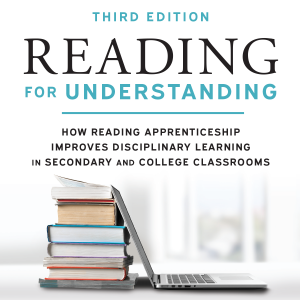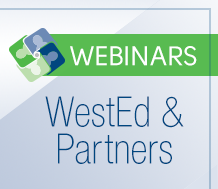Spotlight on Improving Reading and Literacy Across Subject Areas
Posted on
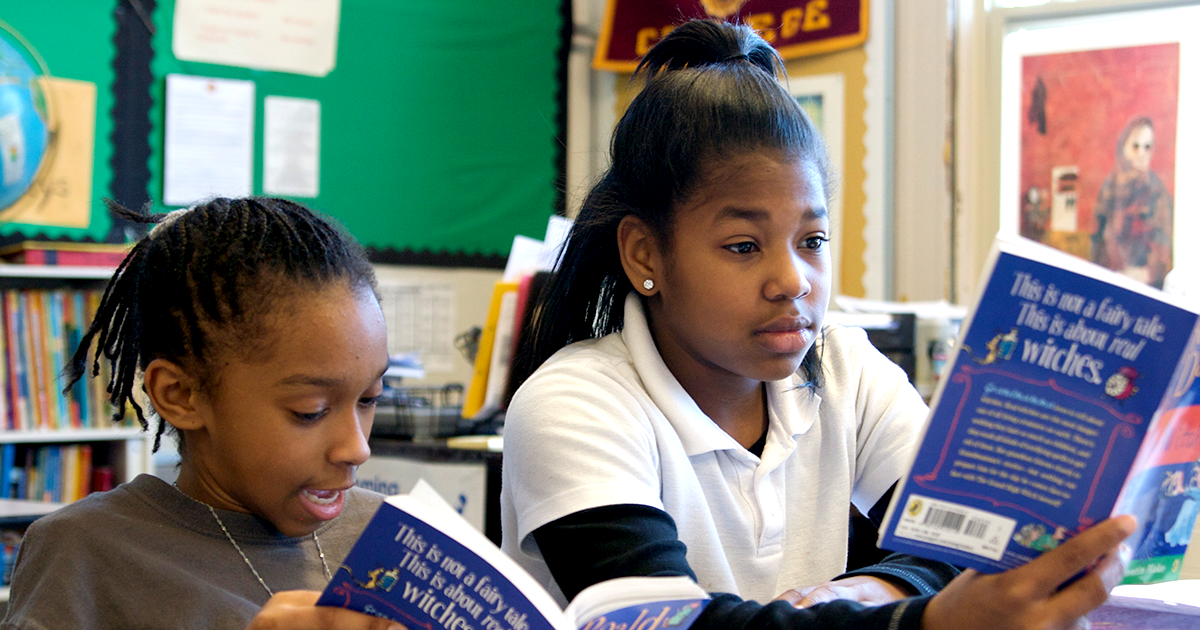
The ability to read and write is a lifelong skill that is not only a source of joy but also a crucial element in achieving success in school and work life. As recent assessment scores for math and reading have declined, educators are seeking solutions to improve reading and literacy across subject areas. This month, we spotlight insights and initiatives designed to support educators in promoting equitable literacy outcomes for children, youth, and adults.
Where Is Literacy in Education Right Now?
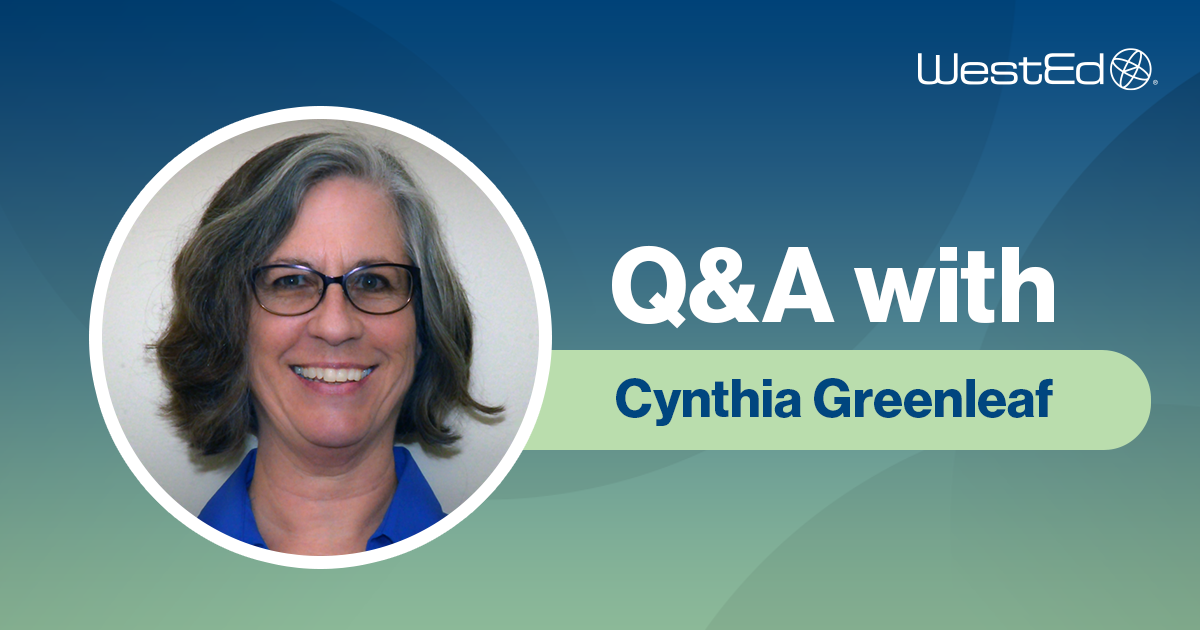 In a recent interview, Cynthia Greenleaf, a Senior Research Scientist at WestEd, discusses the state of literacy in the education field with a strong message about the importance of sustaining teachers. Greenleaf is cocreator of Reading Apprenticeship, WestEd’s flagship literacy program and instructional framework. In multiple studies, students in Reading Apprenticeship classrooms outperform peers on content area learning and literacy tests. Here are several takeaways from the interview:
In a recent interview, Cynthia Greenleaf, a Senior Research Scientist at WestEd, discusses the state of literacy in the education field with a strong message about the importance of sustaining teachers. Greenleaf is cocreator of Reading Apprenticeship, WestEd’s flagship literacy program and instructional framework. In multiple studies, students in Reading Apprenticeship classrooms outperform peers on content area learning and literacy tests. Here are several takeaways from the interview:
- Respect teachers and give them what they need to succeed.
- Reading Apprenticeship teachers become the leaders in their schools and districts and the most eager and discerning adopters of new reform initiatives as the field changes.
- Reading Apprenticeship is asset-based, helping both teachers and students see the resources and knowledge they already have and how these are central to accelerating literacy and learning.
Learn about the new updated edition of Reading for Understanding.
View professional learning opportunities from Reading Apprenticeship.
Accelerating Literacy Outcomes Through Evidence and Data Use
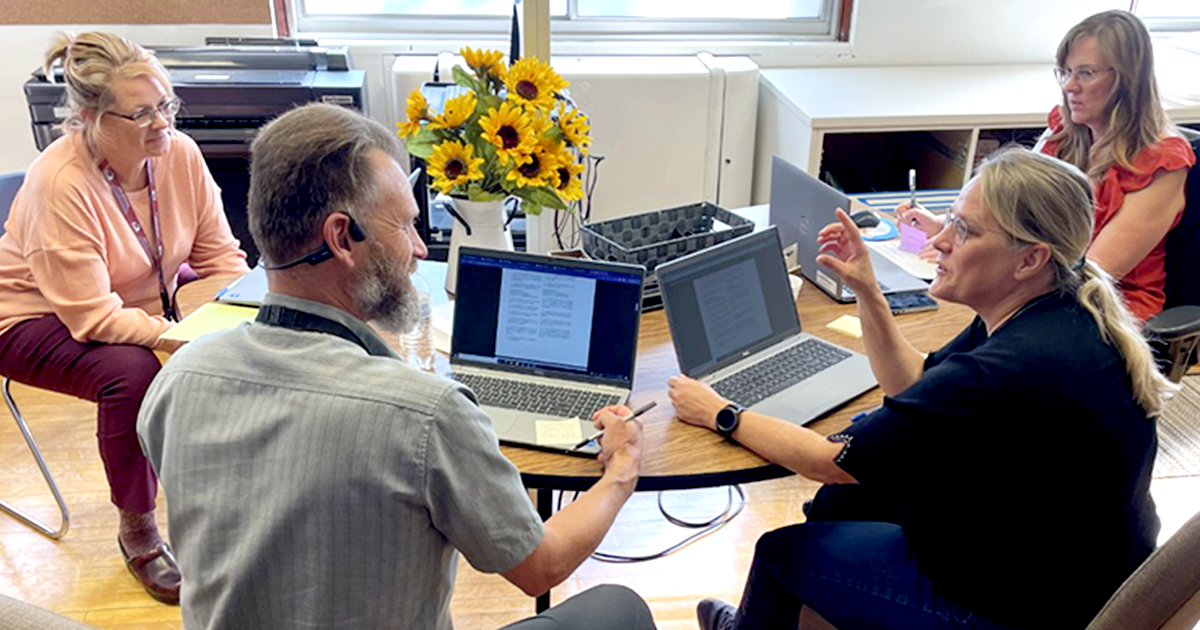 Montana’s Laurel Public Schools, a district of five schools and approximately 2,000 students, aims to improve student reading outcomes by helping educators more effectively interpret literacy data and respond to trends.
Montana’s Laurel Public Schools, a district of five schools and approximately 2,000 students, aims to improve student reading outcomes by helping educators more effectively interpret literacy data and respond to trends.
Laurel uses a comprehensive reading framework, designed with support from Montana’s Office of Public Instruction, that focuses on providing high-quality instruction and interventions matched to student needs.
Educators use the multitiered framework to monitor student progress in reading, identify struggling readers, and make decisions about the instruction that will work best for each student. To help all students read well, Laurel’s reading framework includes all grade levels and aims to create a comprehensive system for data use related to literacy.
Shared Book Reading to Increase School Readiness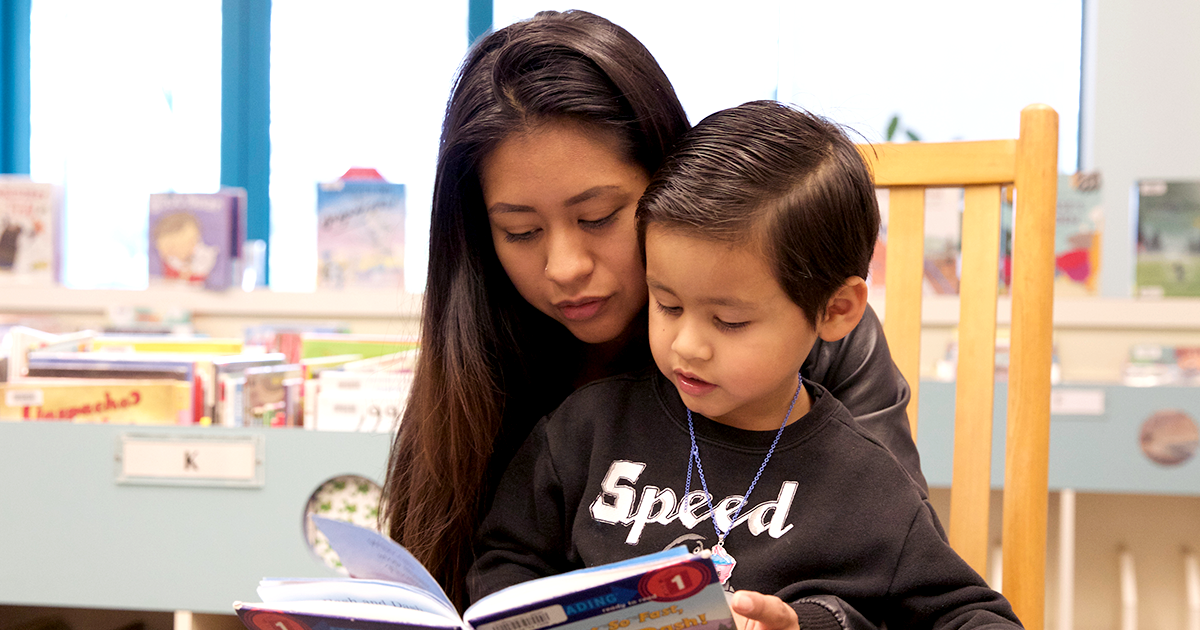
Parents and caregivers of young children can promote literacy by engaging in shared book reading time. REL Northwest explores shared reading time in a recent blog post that digs into What Works Clearinghouse’s Preparing Young Children for School guidebook. The following is from the blog post:
What are some best practices for reading to young children? The practice guide describes five shared book reading time recommendations for early educators, parents, and guardians:
- Select a variety of informational and narrative books that are appropriate for 3-, 4-, and 5-year-olds.
- Plan the purpose for reading the book and determine when to discuss certain topics with children.
- Prepare children to listen and discuss the content of the book before reading the book aloud.
- Engage in conversation with the children while reading the book.
- Align literacy activities with the focus of the shared book reading.
Subscribe to the E-Bulletin
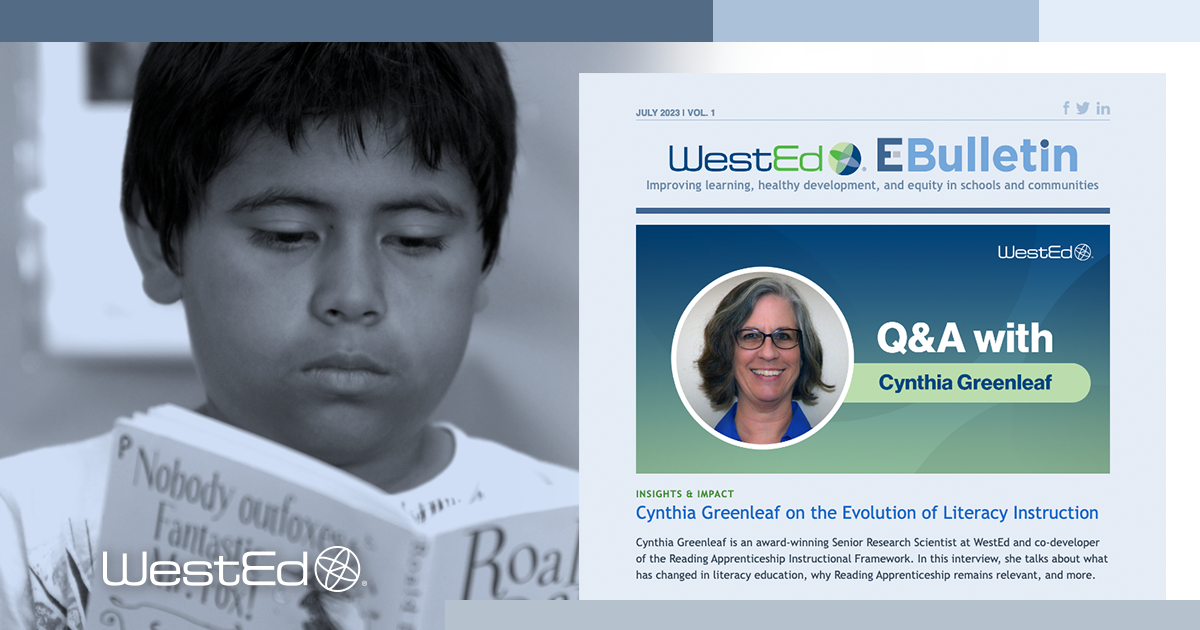 Stay informed about WestEd’s research, resources, services, events, and career opportunities by subscribing to our E-Bulletin. Our July 2023, Volume One issue explores how states, districts, and schools can improve reading and literacy outcomes. Topics include the following:
Stay informed about WestEd’s research, resources, services, events, and career opportunities by subscribing to our E-Bulletin. Our July 2023, Volume One issue explores how states, districts, and schools can improve reading and literacy outcomes. Topics include the following:
- Cynthia Greenleaf on the Evolution of Literacy Instruction
- Improving Student Outcomes in Reading and Literacy
- Begin or Continue Your Reading Apprenticeship Journey
- Shared Book Reading to Increase School Readiness
- Data-Based Decision-Making in Literacy Instruction
- Showing Students How to Read Closely
- Teacher-Focused Professional Learning, Research, and Services
Follow Us on Social Media
How is your state, district, or school working to improve student outcomes in reading and literacy? Engage in the discussion with us on Twitter, Facebook, and LinkedIn.

